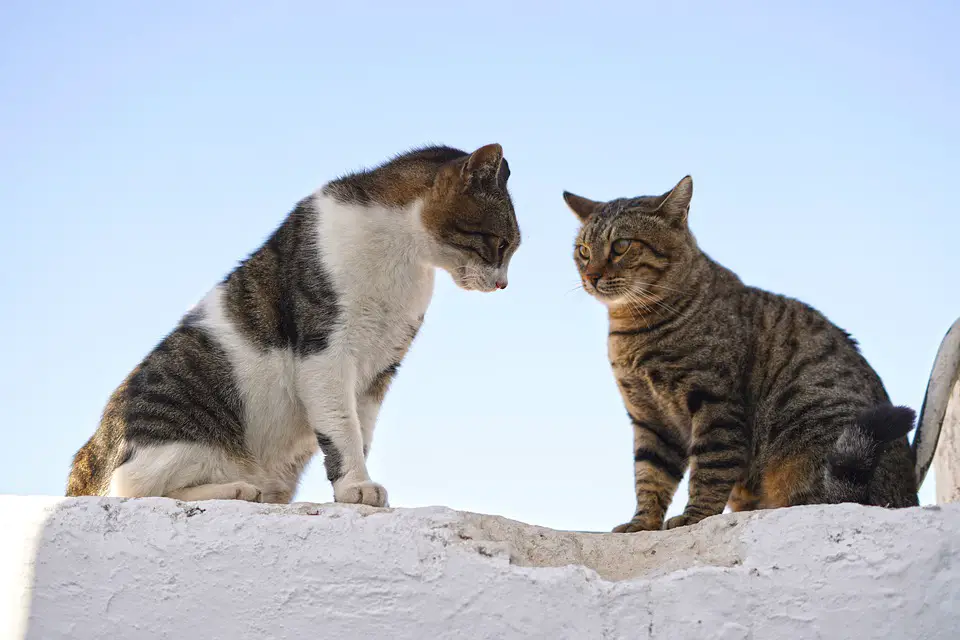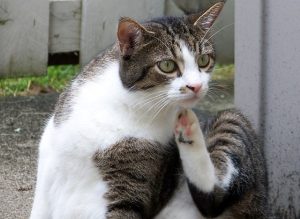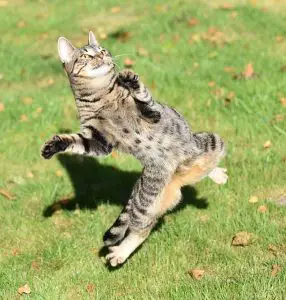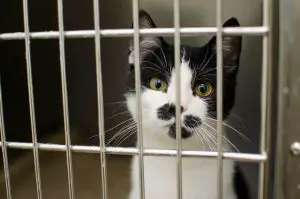
Unlocking Feline Mysteries: A Understanding Cat Body Language
Introduction
For cat owners, understanding their furry friend’s body language can be like trying to decipher an entirely foreign language. With cats being mysterious creatures renowned for their nuanced behaviours, it can be immensely helpful to take a closer look at their body language. This article delves into the captivating world of feline body language.
The Feline Dictionary: Decoding Cat Body Language
Cat communication may not involve words, but it is surprisingly rich, containing a breadth of messages conveyed through their body.
The Tail: A Feline’s Emotional Barometer
The tail is a powerful communication tool in a cat’s arsenal. From erect and bushy signals enthusiasm, a low and puffed up tail communicates fear, while a swishing tail usually indicates annoyance.
Eyes: Windows into a Cat’s Mind
The expression in a cat’s eyes can give you a peek into their emotional state. If their eyes are wide open with pupils dilated, they’re either scared or excited. A slow blink from a cat is akin to a human smile – a sign of trust and affection.
Ears: Indicators of Mood
Cat ears’ direction can reveal vital clues about their mood. Ears pointed forward suggest a happy and playful cat, while ears turned sideways or back can be a warning sign of agitation or fear.
Deepening Your Bond: Understanding Cat Body Language
Understanding cat body language is key to building a strong, loving relationship with your feline friend. The more you are in tune with your cat’s signals, the better you can respond to their needs, ensuring that they feel safe, loved, and understood.
The Belly: A Signal of Ultimate Trust
If a cat exposes their belly, it shows their trust in you and signals that they feel relaxed and safe. This doesn’t necessarily mean they want a belly rub, though, as this could trigger their defensive instincts.
Purring: The Sound of Contentment
Often, purring signifies a content and comfortable cat. However, in some cases, cats may also purr to comfort themselves when they’re injured or unwell.
Common Misunderstandings in Cat Body Language
Often, cat owners may misinterpret feline body language, leading to confusion and stress. For example, a wagging tail can be a sign of irritation in cats, unlike in dogs where it generally implies happiness.
Conclusion
Understanding cat body language helps bridge the communication gap between humans and their feline companions. While this guide provides a foundation, remember each cat is unique. Observing and learning from your cat will contribute to a profound and rewarding bond.







